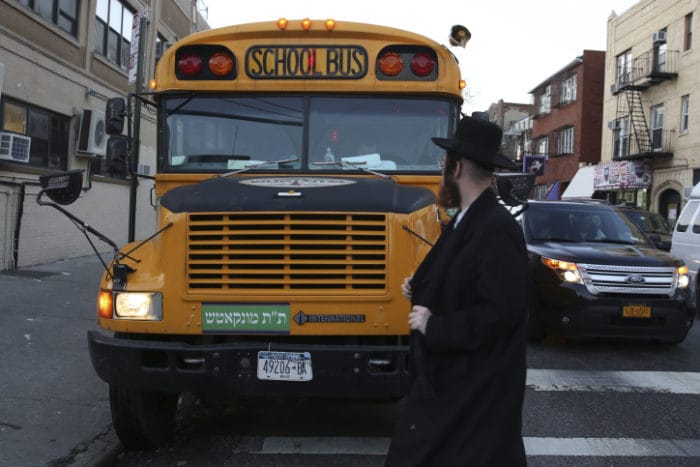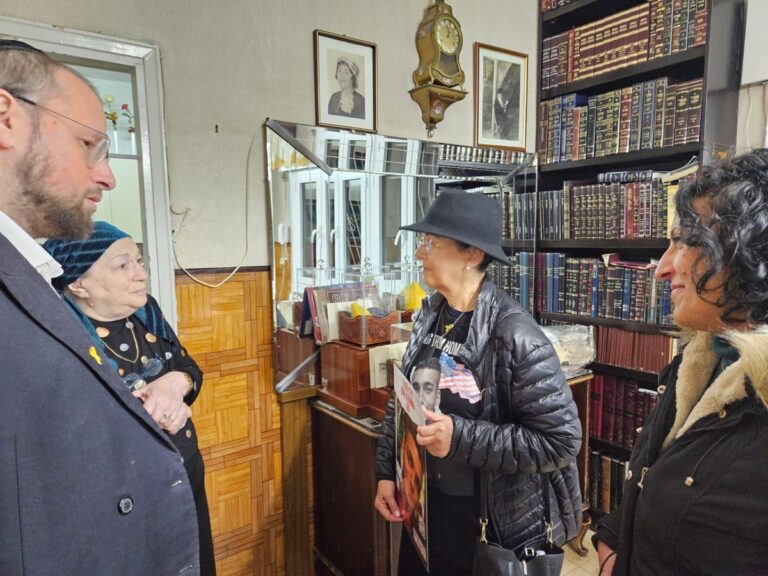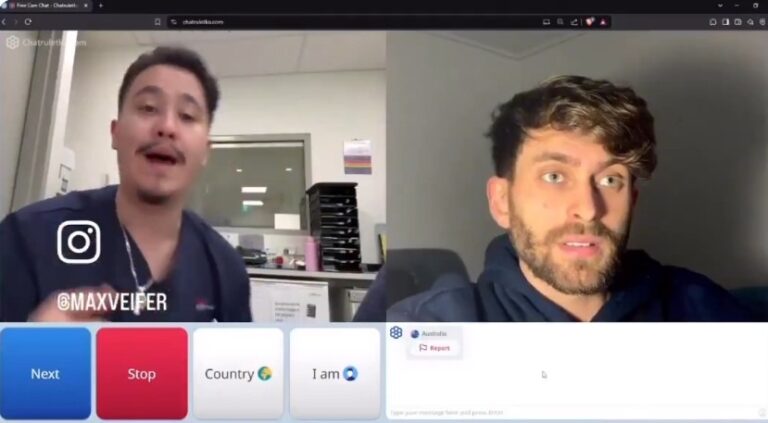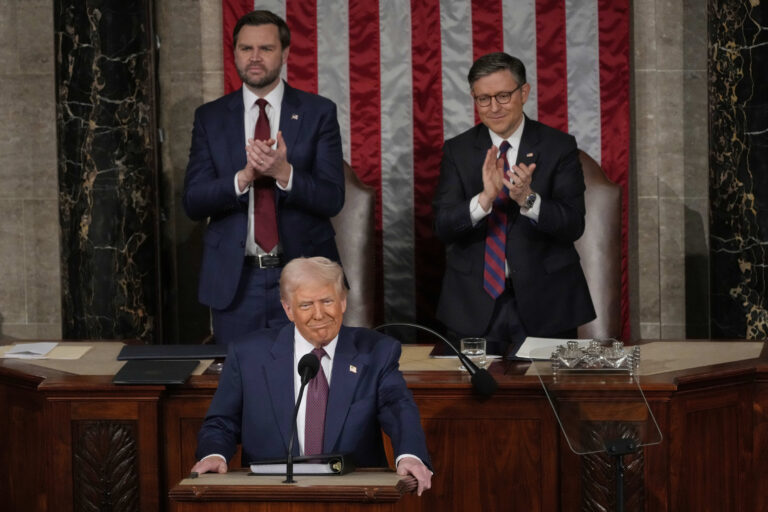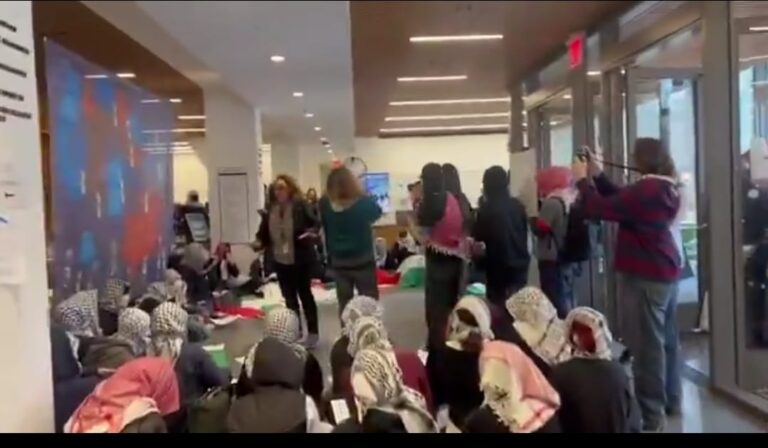 Thank You. I want to thank the Clinton foundation for inviting me. Of course I want to thank President Clinton for his tireless efforts to improve the lives of millions of people throughout the world. I’ve been asked to speak about the challenges of prescription drug abuse and I want to give some examples of what we face in New York City.
Thank You. I want to thank the Clinton foundation for inviting me. Of course I want to thank President Clinton for his tireless efforts to improve the lives of millions of people throughout the world. I’ve been asked to speak about the challenges of prescription drug abuse and I want to give some examples of what we face in New York City.
Last year, two men walked into a pharmacy in East Harlem about 11 o’clock in the morning. They were armed with guns, one threatened the cashier, and they had very specific directions. They wanted all the Oxycontin and Percocet in the 30mg size. One of the clerks pushed the panic button, three police officers showed up quickly and one of the men surrendered. The second started to shoot at the police officers and he ran out the door. There was a retired police officer across the street, filling his car with gas, he shot and killed this individual. Now, this brought to an end a situation that could have been extremely tragic. This individual was wanted for four very similar robberies and several shootings.
In Long Island, just before that, an off-duty ATF agent went into a pharmacy to get cancer drugs for his father. He interrupted a hold-up, he was shot and killed trying to take action. The perpetrator was also shot and killed by responding officers. He had, in his possession, cash and Oxycontin. Just before that, on Long Island, an individual went into a pharmacy, he had no criminal record, he proceeded to shoot, and kill, two workers and two customers in the store. He too was looking for prescription drugs for himself and his wife.
Now we in the police department have seen the destructive power of addiction first hand. We had a police officer who was injured in the line of duty. He was given pain killers, he started to abuse them, he then started to rob pharmacies on his own. Interestingly with him, and with some of these other robberies, you go into the store and only look for Oxycontine, he did not touch the cash drawer. So that is clearly an indication of the tremendous power of this addiction. Of course we are concerned about the abuse of prescription drugs being the gateway to this type of conventional crime. Particularly for young people, the drugs get expensive, they switch to heroin, to cocaine, and to violence to support this sort of habit. Obviously with the proliferation of guns on the street, we certainly don’t want that to be compounded.
Now I must say that as far as health is concerned, the overarching issue in urban policing in America, today is the fact that there are so many concealed weapons, handguns, on the streets. In New York City about 60 to 65%, historically, of our murders for the last twenty years have been with handguns. Last year we have been able to drive murders down to a fifty year low. We’ve done that, we believe, through proactive policing, through saturation policing in areas where there’s increase in crimes of violence. We’ve taken thousands of weapons off the street and we believe that we saved lives in doing that. But certainly the abuse of prescription drugs makes our job that much harder. In part, because of the source of these drugs, the nature of the source. Virtually all of them, unlike heroin, cocaine, other illicit drugs, begin with a valid prescription. So health care professionals, doctors and pharmacists in particular, are involved, either wittingly or unwittingly, in facilitation of the abuse of prescription drugs, and there is a lot of money to be made in this business.
Last year, with the Drug Enforcement Agency, we raided an outdoor market in Washing ton Heights, in Manhattan, where they were selling these types of pills hand to hand, and confiscated 9000 pills.
Now we have, in the last 18 months we’ve conducted, and still have ongoing, two dozen major prescription drug diversion cases. We have put together a strategy that we believe can make a difference. This strategy really forms the foundation of our pledge to the Clinton Health Matters initiative.
The first is we have formed a drug diversion task force with the Drug Enforcement Administration. This is a significant force multiplier for us and also gives us access to their nationwide distribution database. This has been extremely helpful aiding us in attacking this problem.
Second, we’ve created an awareness program focused primarily on students in high school and college. We’ve teamed with the department of education and put together a curriculum that was finished in November of last year. We’ve begun teaching it in schools where one thousand students have been taught it already. Of course our goal is teach many, many more. This fall, we will begin giving this lesson at freshman orientation, when freshman come into New York City’s 71 colleges. Police officers will be giving the lesson which we think will be effective.
Third, we want to reduce the number of robberies and burglaries that take place in this area. We are in the process of constructing a database of 6,000 pharmacies, not only in New York, but in Connecticut and New Jersey as well. We call it Operation Safe Cap. With this database, we will go out and give them, we believe, very useful crime prevention information; better lighting when the store is closed, an alarm system, that sort of approach. We will also be conducting a bate program with the producer of Oxycontine. That is where we will have them distribute Oxycontine bottles that actually have GPS inside of them. So that we will be able to track the route of people who steal, or rob, this drug to stash houses or perhaps other locations. We think it can be major help in conducting the investigation and also deterring this type of theft.
Fourth, we have engaged in a major training evolution of our own people, police officers and the over 5,000 school safety agents you work in the New York City Police Department. We want to make them familiar with being able to identify these drugs, what to do when they respond to the scene and helping them observe any one being affected by the drug.
Now just last Thursday, Mayor Michael Bloomberg put out a directive to the emergency rooms in New York City that they are not to give any prescriptions for long term or long use opiates, that the prescriptions that are given only be good for three days, and the emergency rooms not fill any prescriptions that were reported stolen or lost.
We think that these are common sense initiatives that will make a difference. Nothing you do is without a cost and this will cost us about 4 million dollars. But of course if it saves lives, it will be well worth it. So, that is the basis of our pledge and we look forward to working in collaboration with the Clinton Health Matters Initiative.
Thank You.
(YWN Desk – NYC)

